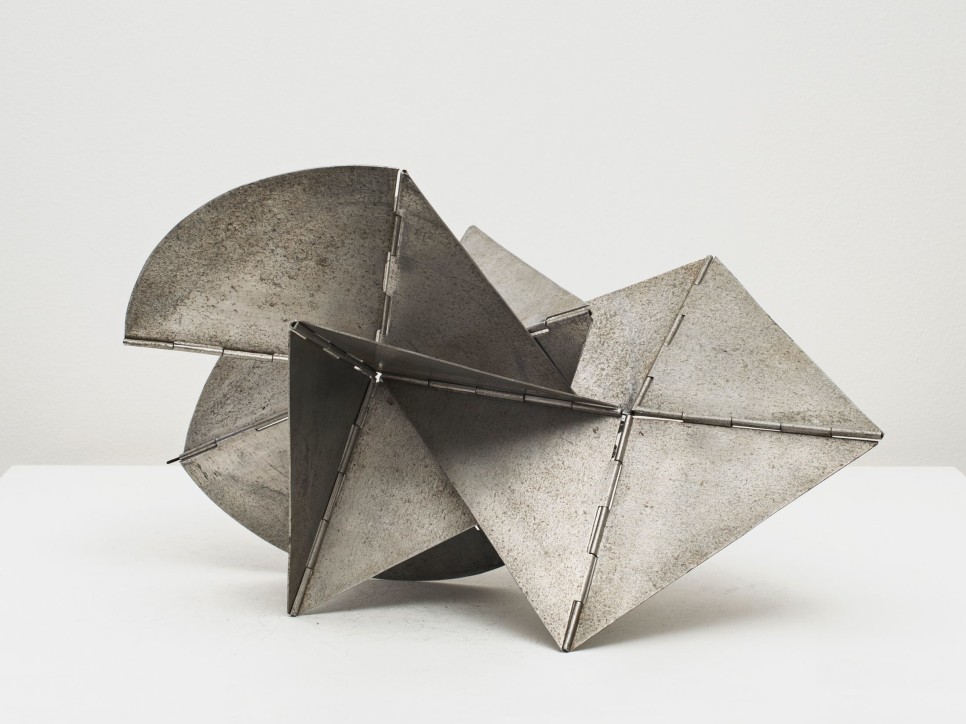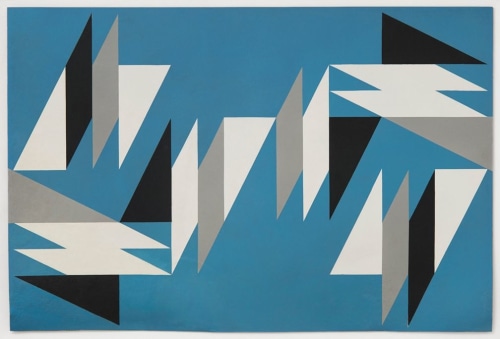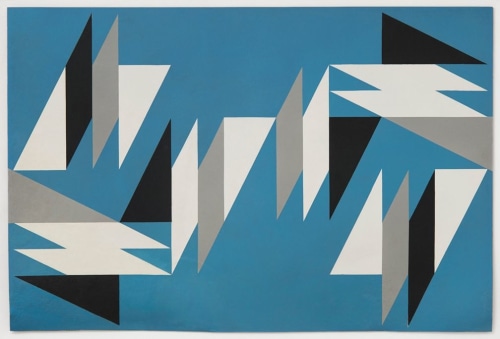

Lygia Clark, Superficie Modulada, 1955/57 © O Mundo de Lygia Clark-Associação Cultural, Rio de Janeiro
“What I wanted was to express space itself, not to compose within it,” Lygia Clark said in 1959. In succeeding, she liberated what she saw as the “dead” picture plane from the wall, giving it unprecedented meaning.
This year marks the 100th anniversary of the famed Brazilian Neo-Concretist’s birth (she died in 1988). To celebrate her legacy, three international solo exhibitions will take place this year: One, which recently opened at the Guggenheim Museum Bilbao (through May 24th), will then open at the Peggy Guggenheim Collection in Venice on June 27th; those presentations will be followed by “Lygia Clark: Centenary,” opening at Alison Jacques Gallery in London on October 7th.
The artist, who was a recipient of the Guggenheim International Award in 1958 and 1960, is being celebrated by the institution in “Lygia Clark: Painting as an Experimental Field, 1948–1958,” curated by Guggenheim Bilbao associate curator Geaninne Gutiérrez-Guimarães. It covers the decade when Clark switched from figuration to the exuberant abstractions inspired by her teacher Roberto Burle Marx, then to the geometric language that led to Neo-Concretism and beyond. It is divided into three chronological groupings that, together, contextualize pivotal works in the artist’s development—including seldom-seen examples of the virtuoso handling of color that Clark gradually abandoned.
The artist emerged from a Brazilian modernist tradition spawned earlier in the 20th century, in dialogue with Cubism and Expressionism, by the likes of Anita Malfatti, Emiliano Di Cavalcanti, and Tarsila do Amaral, the latter of whom, like Clark, had studied with Fernand Léger in Paris. Though progressive, modernism in Brazil had been, until the 1950s, largely figurative, favoring themes assertive of national identity, or brasilidade. After growing directionless in the 1940s and then being influenced by the industrialization catalyzed by World War II, artists turned to the geometric abstractions proposed by the European vanguards. The building of Brasília, an entirely new and futuristic capital inaugurated in 1960, defined the national aesthetic and the political zeitgeist of that progressive era.
View full article at artsy.net

